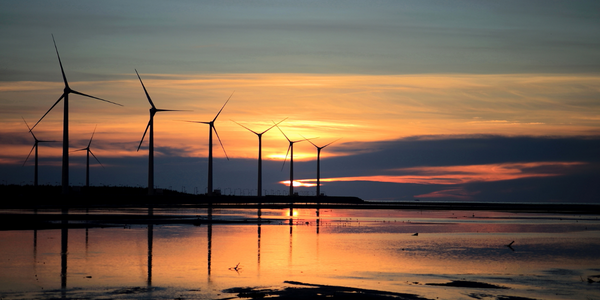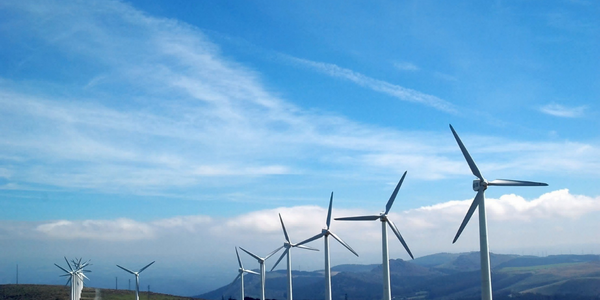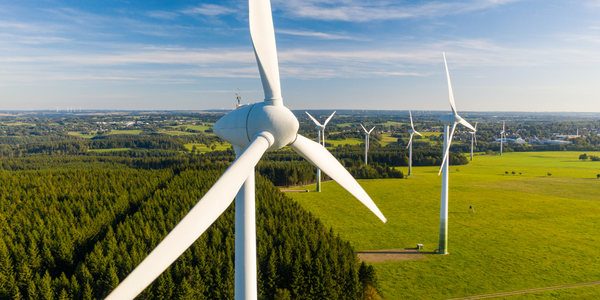技术
- 网络安全和隐私 - 安全合规
- 传感器 - 温度传感器
适用行业
- 水泥
- 可再生能源
适用功能
- 设施管理
- 质量保证
用例
- 施工管理
- 智慧校园
服务
- 测试与认证
- 培训
关于客户
TYPSA Group 是一家总部位于西班牙的工程咨询公司,业务遍及全球五大洲。 50 多年来,他们一直支持公共、私人和机构客户交付复杂的基础设施项目。他们的工作涉及各个领域,包括交通、建筑、水务、可再生能源和农村发展。他们在世界各地参与了许多备受瞩目的项目,其中两个项目在 Bentley 基础设施年度大会上获得了认可。其中包括耗资 257 亿瑞典克朗的斯德哥尔摩地铁扩建项目和英国新的高速铁路网络 High Speed 2 (HS2)。 TYPSA Group 致力于为客户提供更好的服务并扩大 BIM 方法的使用。
挑战
TYPSA Group 是一家西班牙工程咨询公司,50 多年来一直协助全球客户交付复杂的基础设施项目。尽管自 2008 年以来就开始利用 BIM 工作流程,但这些工作流程大多应用于较小的项目。作为一家横跨五大洲运营的组织,TYPSA 集团认识到需要在其所有项目中遵守最高的技术、可持续性和诚信标准。面临的挑战是扩大 BIM 方法的使用并使之系统化,以展示他们的能力并获得更多合同。为了证明他们对 BIM 工作流程和数字化转型的承诺,TYPSA Group 旨在获得 ISO 19650 认证。然而,他们需要一种可靠的方法来确保所有 BIM 工作流程都按照该认证所需的级别进行管理,并扩展这种管理以适应其一系列复杂的全球项目。他们现有的文件共享平台无法完全满足他们的需求,因为他们在实施 BIM 标准和遵守最佳实践工作流程方面面临困难。
解决方案
2015 年,TYPSA Group 与 Bentley 合作开展了一个研究项目,分析各种协作解决方案。分析显示,ProjectWise 可以帮助他们实现更快、更高质量的协作、自动化并全面遵守 BIM 标准和关键数字工作流程,而无需花费手动、耗时的工作。他们在两个最大的项目上部署了 ProjectWise:斯德哥尔摩地铁延伸线和 HS2。在斯德哥尔摩地铁项目中,他们在 ProjectWise 中构建了模板,以确保设计人员遵守一致的工作流程和标准,无论其位置或学科如何。 ProjectWise 为 Sweco、TYPSA Group、其客户 FUT 以及设计以外阶段(包括施工和运营)的承包商之间的整个项目设计协作提供了一个互联数据环境。在 HS2 项目中,TYPSA Group 使用 ProjectWise 开发互联数据环境,以优化项目交付并满足客户的时间表。他们能够根据客户信息要求,与 PAS 1192 和 ISO 19650 保持一致,简化众多工程学科之间的数字工作流程。
运营影响
数量效益

Case Study missing?
Start adding your own!
Register with your work email and create a new case study profile for your business.
相关案例.

Case Study
Remote Monitoring & Predictive Maintenance App for a Solar Energy System
The maintenance & tracking of various modules was an overhead for the customer due to the huge labor costs involved. Being an advanced solar solutions provider, they wanted to ensure early detection of issues and provide the best-in-class customer experience. Hence they wanted to automate the whole process.

Case Study
Vestas: Turning Climate into Capital with Big Data
Making wind a reliable source of energy depends greatly on the placement of the wind turbines used to produce electricity. Turbulence is a significant factor as it strains turbine components, making them more likely to fail. Vestas wanted to pinpoint the optimal location for wind turbines to maximize power generation and reduce energy costs.

Case Study
Siemens Wind Power
Wind provides clean, renewable energy. The core concept is simple: wind turbines spin blades to generate power. However, today's systems are anything but simple. Modern wind turbines have blades that sweep a 120 meter circle, cost more than 1 million dollars and generate multiple megawatts of power. Each turbine may include up to 1,000 sensors and actuators – integrating strain gages, bearing monitors and power conditioning technology. The turbine can control blade speed and power generation by altering the blade pitch and power extraction. Controlling the turbine is a sophisticated job requiring many cooperating processors closing high-speed loops and implementing intelligent monitoring and optimization algorithms. But the real challenge is integrating these turbines so that they work together. A wind farm may include hundreds of turbines. They are often installed in difficult-to-access locations at sea. The farm must implement a fundamentally and truly distributed control system. Like all power systems, the goal of the farm is to match generation to load. A farm with hundreds of turbines must optimize that load by balancing the loading and generation across a wide geography. Wind, of course, is dynamic. Almost every picture of a wind farm shows a calm sea and a setting sun. But things get challenging when a storm goes through the wind farm. In a storm, the control system must decide how to take energy out of gusts to generate constant power. It must intelligently balance load across many turbines. And a critical consideration is the loading and potential damage to a half-billion-dollar installed asset. This is no environment for a slow or undependable control system. Reliability and performance are crucial.

Case Study
System 800xA at Indian Cement Plants
Chettinad Cement recognized that further efficiencies could be achieved in its cement manufacturing process. It looked to investing in comprehensive operational and control technologies to manage and derive productivity and energy efficiency gains from the assets on Line 2, their second plant in India.

Case Study
Remote Monitoring and Control for a Windmill Generator
As concerns over global warming continue to grow, green technologies are becoming increasingly popular. Wind turbine companies provide an excellent alternative to burning fossil fuels by harnessing kinetic energy from the wind and converting it into electricity. A typical wind farm may include over 80 wind turbines so efficient and reliable networks to manage and control these installations are imperative. Each wind turbine includes a generator and a variety of serial components such as a water cooler, high voltage transformer, ultrasonic wind sensors, yaw gear, blade bearing, pitch cylinder, and hub controller. All of these components are controlled by a PLC and communicate with the ground host. Due to the total integration of these devices into an Ethernet network, one of our customers in the wind turbine industry needed a serial-to-Ethernet solution that can operate reliably for years without interruption.

Case Study
Temperature monitoring for vaccine fridges
Dulas wanted a way to improve the reliability of the cold chain, facilitating maintenance and ensuring fewer vaccines are spoiled. Dulas wanted an M2M solution which would enable them to record and report the temperature inside vaccine refrigerators.







